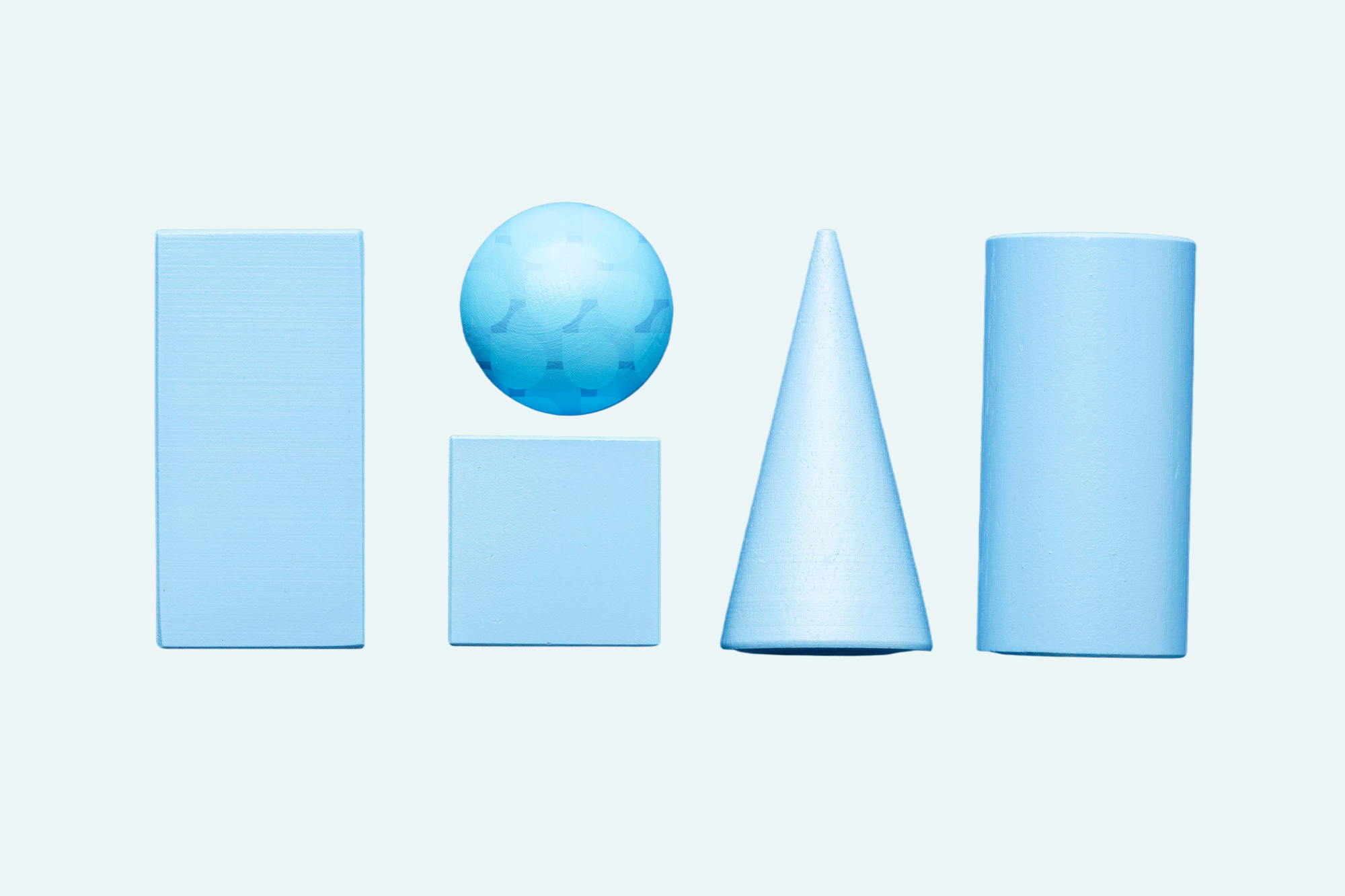If you have ever tried to get new ad creatives live, you know the pain.
Endless back and forth with designers. Scheduling shoots. Waiting for edits. More feedback loops. By the time your “fresh” creative finally launches, it feels outdated and you are already trying to figure out why performance dropped.
That bottleneck is exactly what AI for creative testing aims to solve.
Instead of spending weeks on production before testing an idea, AI allows you to explore dozens of directions in hours. You can validate what resonates before investing real budget into shoots, post production, or design cycles.
Let’s break down how AI changes creative testing and how your marketing team can build a smarter, faster pipeline using the right mix of people, process, and tools.
What Is AI for Creative Testing?
Creative testing is the process of running multiple ad or content variations to see which performs best. Traditionally, this required human driven production such as photoshoots, editing, revisions, approvals, and coordination between media buyers, designers, and strategists.
AI for creative testing changes that workflow. With AI ad creative tools, teams can:
- Produce concept images or short videos instantly
- Modify scenes, backgrounds, or models without reshoots
- Explore multiple creative angles simultaneously
- Test ideas with smaller budgets before scaling big productions
The result is faster feedback loops, lower costs, and more data driven creative optimization with AI. Instead of guessing which direction might work, you can test, learn, and iterate quickly.
Why Traditional Creative Testing Is So Slow
Let’s be honest, traditional creative testing often feels like a waiting game.
A typical loop looks like this:
- The strategist drafts a brief.
- The producer books a shoot, casts talent, and schedules locations.
- The crew films, edits, and sends first cuts.
- Strategists and clients leave notes.
- Designers revise.
- The media buyer finally launches the creative.
- Performance data comes back and the process starts over.
This cycle can take weeks and cost thousands before you learn what actually works. That is the bottleneck AI driven creative testing helps remove.
The New “Inner Loop” of AI-Driven Creative Testing
AI does not replace your creative process, it adds a faster inner layer inside it.
Imagine two overlapping loops:
- The outer loop is your traditional cycle of planning, shooting, editing, and launching.
- The inner loop is AI powered and focuses on brainstorming, generating, refining, testing, and learning.
This inner loop allows marketers to prototype faster. You can experiment with color, concept, emotion, or layout before involving a full production team.
For example:
- Use AI image generation to mock up lifestyle scenes.
- Edit product placement or lighting in seconds.
- Create short motion tests using image to video tools.
- Test multiple versions in ads, gather engagement data, and focus on what performs best.
AI helps you answer the question, “What should we make?” before you spend time on “How should we make it?”
The Secret to Making AI Work: Composition
The key to successful AI creative testing is not just prompting, it is composition.
Composition means chaining different AI tools together, each handling a specific part of the workflow. You might use one tool for ideation, another for image editing, and a third for motion generation.
Think of it as building your own creative assembly line.
Example pipeline:
- Use ChatGPT to brainstorm 30 visual ideas.
- Generate base images in Midjourney or Gemini.
- Refine them in Photoshop or Firefly for product accuracy.
- Turn top images into short videos using Runway or Kling.
- Run A/B tests on Meta or TikTok.
Each stage feeds into the next, and because the steps are modular, you can adjust or scale them easily.
This approach offers control when you need precision, and creative variety when you want exploration.
Step 1: Ideation – Generating the Right Creative Angles
Before diving into visuals, start with strategy. Use AI as your brainstorming partner.
Prompt examples:
- “Generate 30 ways to visualize the feeling of tired skin.”
- “Give me 10 lifestyle scenes where a portable blender feels aspirational.”
- “List 5 metaphors for financial freedom that could work in a video ad.”
Group these ideas by theme, such as luxury, comfort, transformation, or empowerment. Then shortlist 3 to 5 concepts to test visually.
The goal is to explore range, not perfection. You want enough variation to see what sparks interest or emotion.
Step 2: Image Generation – Bringing Ideas to Life
Once you have your concepts, it’s time to turn them into visuals.
AI image generators like Gemini, Midjourney, or Firefly can bring your creative ideas to life in minutes.
Tips for better outputs:
- Start with broad prompts, then refine.
- Use reference images for brand accuracy such as product, color, or logo.
- Save settings and seeds for consistency.
- Generate multiple variants to compare composition and tone.
Not every image will look perfect, and that’s fine. You are testing for signal, not final production quality.
Step 3: Image Editing – Refining for Accuracy and Brand Fit
Now take your shortlisted images and clean them up.
Most AI-generated visuals need refinement. Use editing tools to fix details that matter most:
- Product texture, labels, or packaging
- Skin tones or talent diversity
- Background clutter
- Crops and safe areas for text overlays
Always check brand color consistency and placement ratios such as 1:1, 9:16, and 4:5. Save layered masters so your designers can build on them later.
This hybrid approach, combining AI speed with human taste, gives you both agility and control.
Step 4: Image-to-Video – Adding Motion and Story
Once your static images are ready, it’s time to add motion.
Tools such as RunwayML, Higgsfield AI, Kling, or Veo can transform single images into short video clips.
You can:
- Generate motion between start and end frames.
- Add transitions, camera movement, or “what happens next.”
- Control pacing and rhythm to match ad length.
This stage helps you test emotional tone and scroll-stopping potential before a major production shoot.
Video creation no longer requires a full studio setup. All you need is a strong idea, good visuals, and a clear space for your call-to-action.
Step 5: Launch, Learn, and Iterate
The power of AI creative testing comes from iteration.
Once your variations are live, analyze performance data to identify what works:
- Which visuals get the highest click-through or watch time?
- What emotions or compositions drive conversions?
- Which patterns repeat across top-performing ads?
Use those insights to guide your next creative round or brief your production team for high-budget shoots.
AI gives you the confidence to invest where it truly matters.
Real-World Example: Jack Archer
The men’s apparel brand Jack Archer suspected its “golf” angle would appeal to a 50–60-year-old audience. But a golf-course shoot was expensive.
Instead, they tested the concept using AI-generated golf visuals. Within days, they had data showing the angle performed well. That validation gave them confidence to greenlight a full-scale production, which led to a national TV commercial built around the winning theme.
That is the future of creative testing: validate ideas quickly, then scale with conviction.
Book a free creative audit with GrowthAssistant to see how your brand can use AI to test creative ideas faster and more efficiently.
AI Creative Testing Tools
When it comes to creative optimization with AI, having the right tools in your pipeline is crucial.
Some of the most effective AI creative testing tools include:
- Midjourney for image generation
- Firefly and Photoshop for editing and refinement
- Runway and Kling for video creation
- ChatGPT or Gemini for ideation and copywriting
Each tool plays a key role in your AI ad creative pipeline, helping teams move from concept to production ready assets faster and more strategically.
Best Practices Before You Launch
AI can supercharge creativity, but it also comes with new responsibilities.
Before launching AI-assisted ads, make sure you cover the basics:
- Brand integrity: color, tone, logo, and typography
- Representation: inclusive casting and context
- Compliance: factual accuracy and claims
- Data safety: remove personal identifiers from prompts or images
Taking time for governance upfront helps you build a reliable and ethical creative testing system.
Why You Still Need Humans
AI can generate ideas, but humans give them meaning.
AI expands your creative reach, but judgment and taste still matter most. Knowing when an idea feels off or when an image captures something genuine is still a uniquely human skill.
The best results come from pairing AI fluency with creative intuition.
That is why many marketing teams now look for AI-literate creatives who can bridge both worlds: the data-driven and the artistic.
How GrowthAssistant Helps
If you are ready to integrate AI into your creative testing workflow, GrowthAssistant can help you move quickly and effectively.
A Creative Growth Assistant can:
- Build an end-to-end AI testing pipeline from ideation to image generation, editing, and video.
- Select and chain the right AI tools for each task.
- Keep assets brand-safe and compliant.
- Translate winning AI experiments into full production briefs.
Your team can test more ideas, produce faster, and scale what works without adding headcount.
Ready to unlock AI-powered creative testing? Embed a Creative Growth Assistant and start experimenting within weeks.
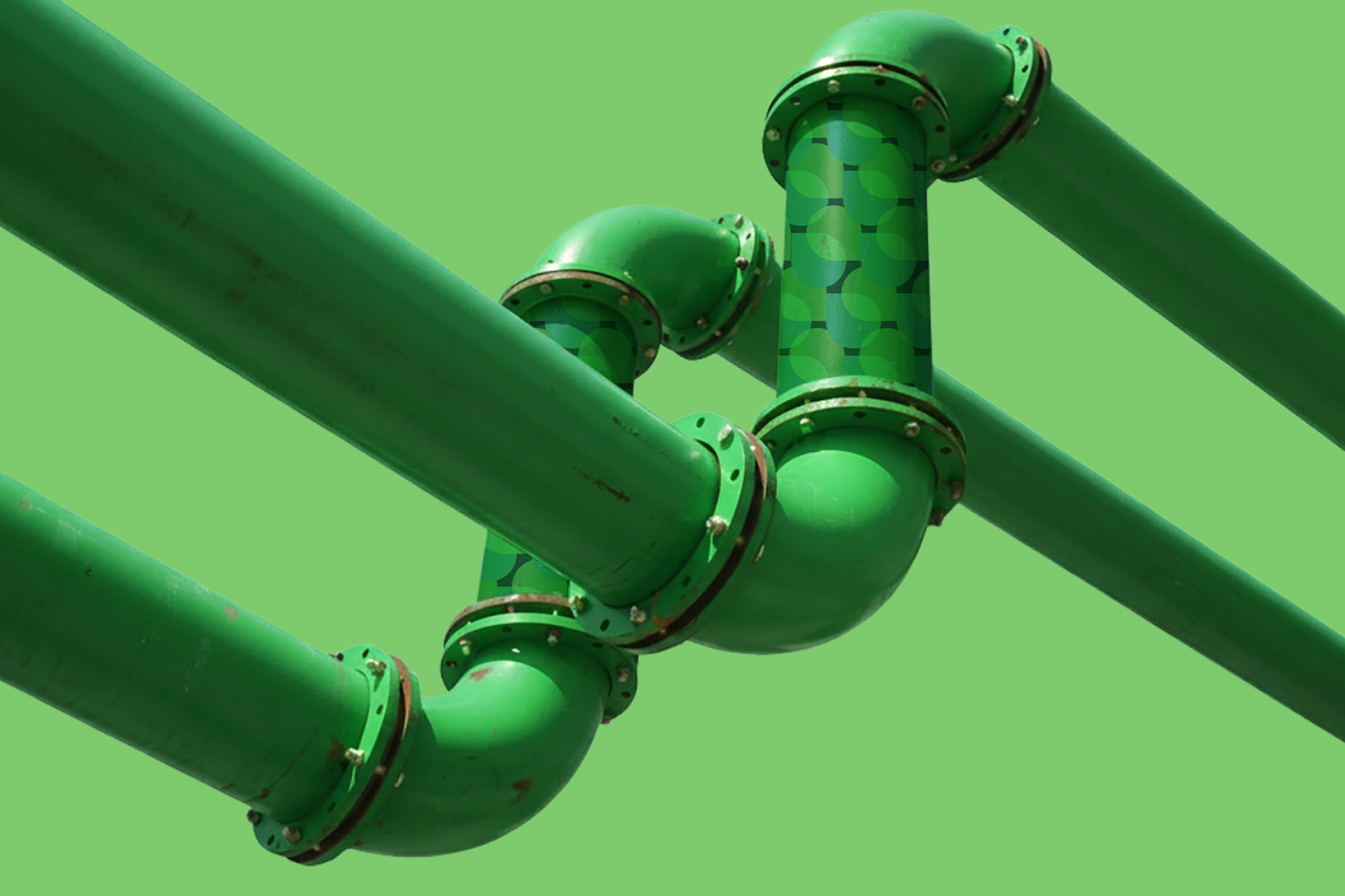


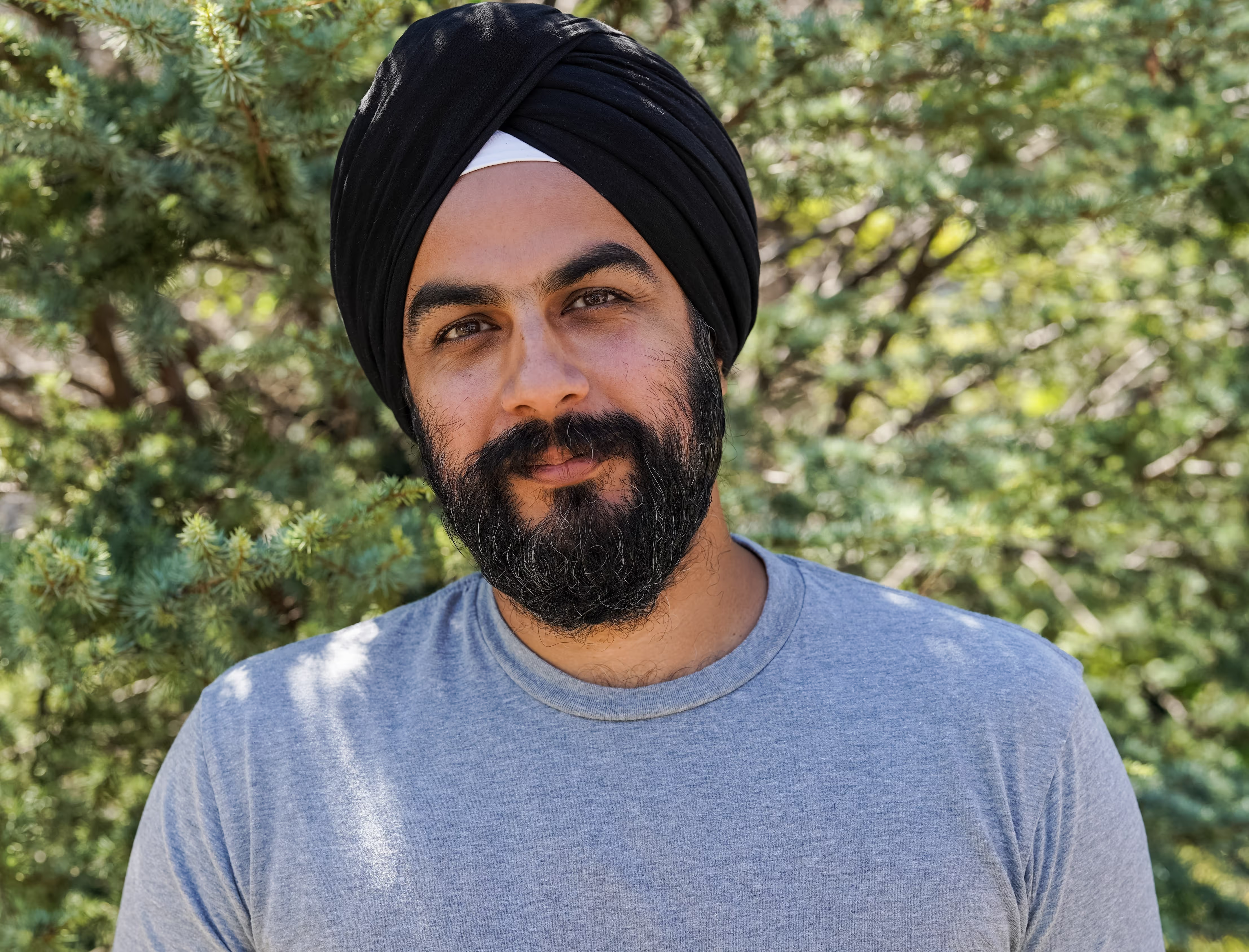
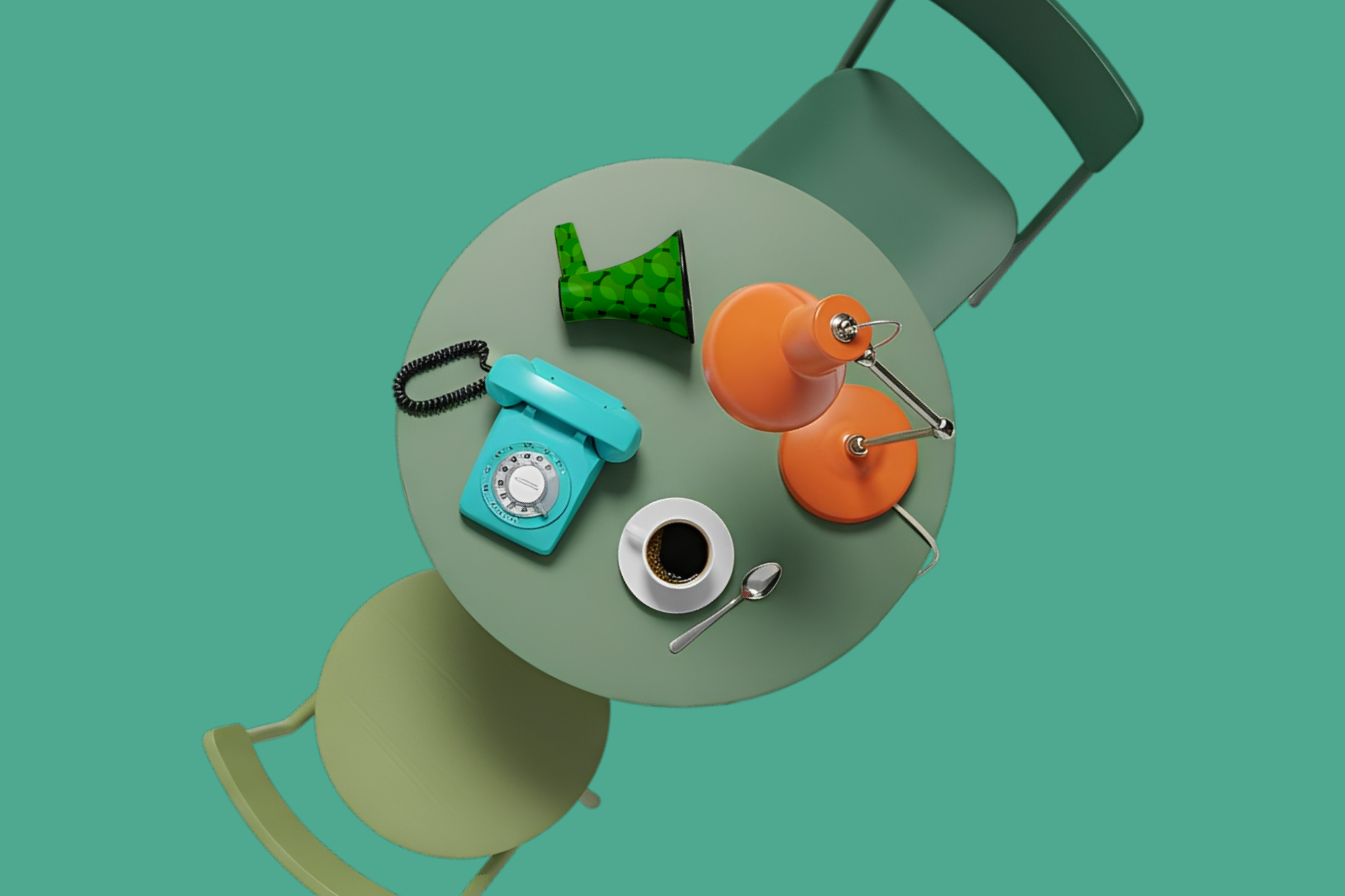
.svg)

